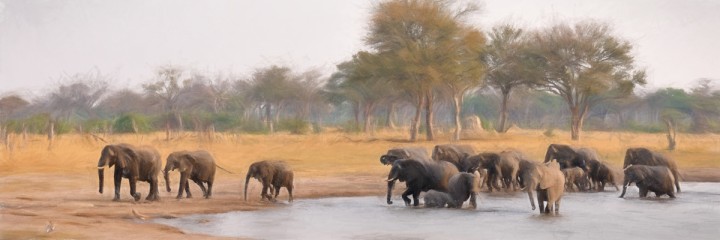For some inexplicable reason, over the past couple of days, I have been coming up against a recurring theme; “can photography be art?” and if so, when does it become art?
It all kicked off when I read an article in the Guardian entitled
“The $6.5m canyon: it’s the most expensive photograph ever – but it’s like a hackneyed poster in a posh hotel”
the sub heading went on in the same vein
“Peter Lik’s hollow, cliched and tasteless black and white shot of an Arizona canyon isn’t art – and proves that photography never will be”
Here’s a link to the article so you can see the photo for yourself. I don’t have permission to reproduce it.
Clearly the writer of the article (Jonathan Jones)has a bee up his shirt about the pretentiousness of photographers, Peter Lik in particular. Here’s a bit more of the article..
“Photography is not an art. It is a technology. We have no excuse to ignore this obvious fact in the age of digital cameras, when the most beguiling high-definition images and effects are available to millions. My iPad can take panoramic views that are gorgeous to look at. Does that make me an artist? No, it just makes my tablet one hell of a device.
The news that landscape photographer Peter Lik has sold his picture Phantom for $6.5m (£4.1m), setting a new record for the most expensive photograph of all time, will be widely taken as proof to the contrary. In our world where money talks, the absurd inflated price that has been paid by some fool for this “fine art photograph” will be hailed as proof that photography has arrived as art.
Yet a closer look at Phantom reveals exactly the opposite. This record-setting picture typifies everything that goes wrong when photographers think they are artists. It is derivative, sentimental in its studied romanticism, and consequently in very poor taste. It looks like a posh poster you might find framed in a pretentious hotel room.
Phantom is a black-and-white shot taken in Antelope Canyon, Arizona. The fact that it is in black and white should give us pause. Today, this deliberate use of an outmoded style can only be nostalgic and affected, an “arty” special effect. We’ve all got that option in our photography software. Yeah, my pics of the Parthenon this summer looked really awesome in monochrome.”
To some extent I can understand his point of view.
I regularly ‘play’ with my photographs in Photoshop, experimenting to see if I can find a better way of presenting them. Sometimes it works, sometimes it doesn’t.
Recently though, I converted one of my images into what is referred to as ‘Photo Art’. A term used to describe a photograph that has been made to look like a painting. I was very happy with the result and posted it on a photography site I belong to.
I took this image
and turned it into this
It gained great comments and was voted ‘Pick of the Week’.
Of course that made me feel good, but what had I actually done? I had clicked the mouse a couple of times and let a bit of software alter my photograph. (OK, I tweaked it a bit)
But where should the credit lie? Was that me, or was that technology?
So Peter Lik’s photograph has sold for a ridiculous amount of money; good luck to him. Clearly that means that someone likes it – a lot!
Does that make it art? I have no idea.
If art can only be created by someone slaving over a canvas for days and weeks, then no, it is not art.
I read somewhere that ‘good art divides opinion’.
If that is the criterion, then yes it just might be art.
Either way, should we criticise the photographer (in this case Peter Lik) for taking the photograph, or is it the buyer with more money than sense we should look at?
As for my own effort, definitely not. But that doesn’t stop me liking it and it doesn’t stop lots of other people buying copies of it to hang on their walls.
Oh, and just so you don’t get the wrong impression, yes I do think that photography can be art.
If you don’t believe me, just click on this link or this one



